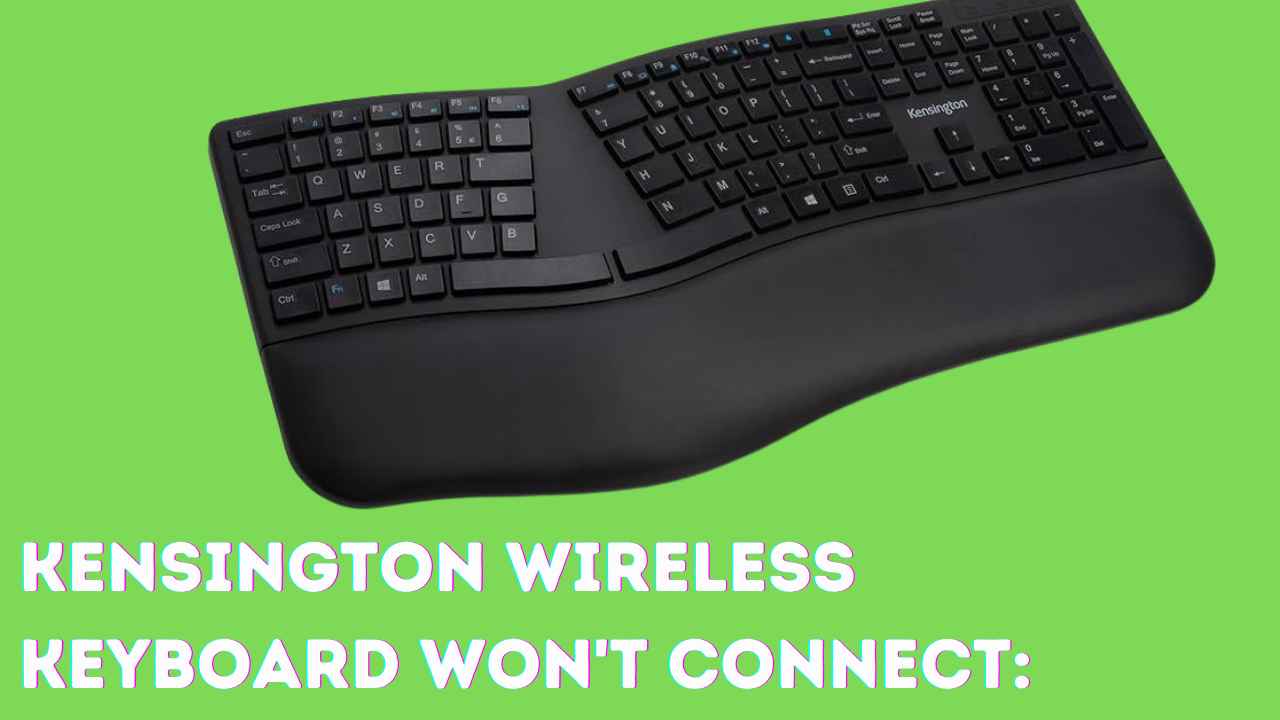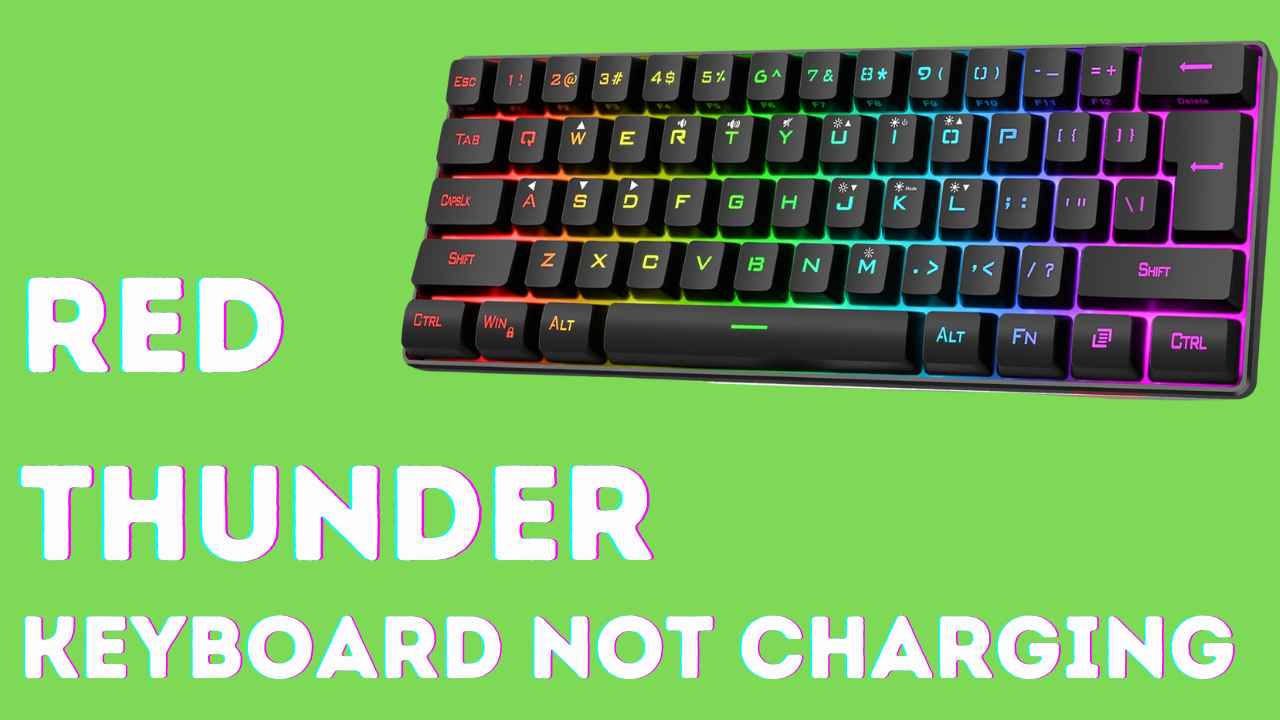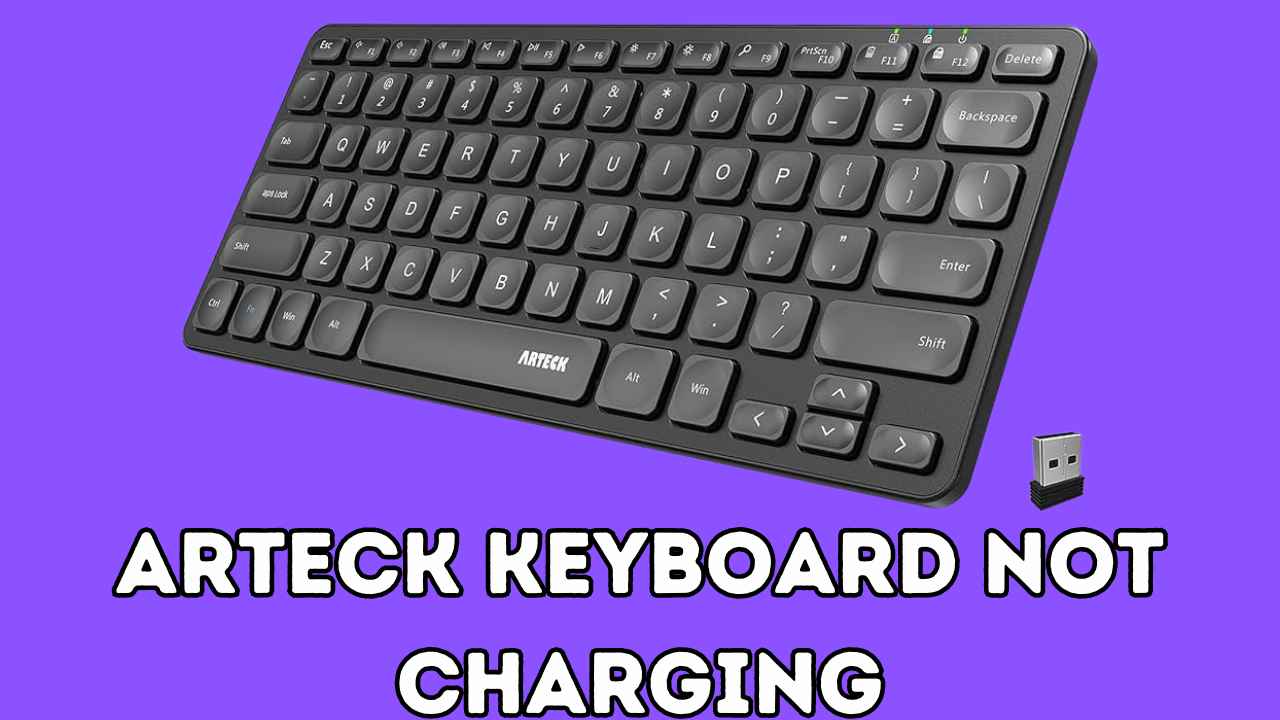Dealing with a Kensington wireless keyboard that refuses to connect can be a frustrating experience. Whether you’re a professional relying on efficient typing or a casual user navigating your system, a malfunctioning keyboard can disrupt your workflow.
Fortunately, there are several potential fixes to address this issue. In this comprehensive guide, we’ll explore ten effective solutions to get your Kensington wireless keyboard back in action.
First and Foremost:
Before delving into troubleshooting your Kensington wireless keyboard, consider these three crucial points to respect your time:
Recently Purchased? Request a Refund:
If you’ve just bought your Kensington wireless keyboard and it’s already causing connection issues, consider asking for a refund.
Save your time and money by exploring alternative keyboards available at the same price range, like “kensington wireless keyboard” and “Microsoft Sculpt Ergonomic Desktop” which may offer better reliability.
Know the Lifespan:
Typically, a Kensington wireless keyboard has a lifespan of 3-4 years. If you’ve used it for this duration, you’ve received good value for your money.
Attempting fixes at this point may only provide a temporary solution, and it’s not advisable to rely on a fixed keyboard for extended use. Consider it a good run and explore new options.
Used for Less Than 3 Years? Try Fixes:
If your Kensington wireless keyboard has been in use for less than three years, then it’s worthwhile to try the practical fixes mentioned below.
These solutions are geared towards addressing common connectivity issues and can extend the usability of your keyboard.
How to Fix Kensington Wireless Keyboard Won’t Connect
Unplug and Re-Plug the Receiver:
The first and simplest step is to unplug the USB receiver from your computer and then plug it back in.
This can reset the connection and resolve any minor glitches that might be causing the issue. Ensure that the receiver is securely plugged into a functional USB port.
Install Fresh Batteries:
Outdated or drained batteries can often be the culprit behind connectivity problems. Replace the batteries in your Kensington wireless keyboard with fresh ones.
Ensure they are correctly inserted, and check for any signs of corrosion in the battery compartment.
Test on Another Port or Computer:
To rule out port-related issues, try connecting your keyboard to a different USB port on your computer.
Test the keyboard on another computer to determine if the problem lies with the keyboard itself or the computer’s USB ports.
Avoid Reflective Surfaces:
Kensington wireless keyboards may struggle to connect if placed on reflective surfaces like glass or mirrors.
Make sure you’re using the keyboard on a non-reflective, stable surface to ensure optimal connectivity.
Reconnect Using Round Button and Paper Clip:
Press and release the round button on the dongle, and simultaneously use a paper clip to poke into the tiny hole on the underside of the keyboard.
This action helps re-establish the connection between the keyboard and the dongle.
Remove and Plug Back in the USB Receiver:
Temporarily remove the USB receiver from the computer, wait a few seconds, and then plug it back in.
This can initiate a fresh connection and resolve any communication issues between the keyboard and the computer.
Also Read: Surface Laptop Keyboard Not Working
Check and Replace Batteries:
Revisit the battery compartment and double-check the battery orientation.
If batteries are still functional, but the connection issue persists, try replacing them with a new set.
Remove the Keyboard from Windows:
Navigate to your computer’s device manager, locate the Kensington wireless keyboard, and uninstall it.
After uninstallation, reconnect the keyboard and allow Windows to reinstall the necessary drivers.
Test on Another Computer:
Testing the keyboard on a different computer helps determine if the issue is specific to your system.
If the keyboard connects successfully to another computer, the problem may be related to your original computer’s configuration.
Press the Connect Button on the USB Receiver and Keyboard:
Press the Connect button on both the USB receiver and the keyboard simultaneously. This action initiates a re-synchronization process and can often resolve connectivity issues.
Maintenance Tips
Here are some essential maintenance tips to keep your Kensington wireless keyboard in top-notch condition:
Keep it Clean:
Regularly clean your keyboard to prevent dust, debris, and grime buildup. Use compressed air to blow away particles from between the keys, and wipe the surfaces with a soft, slightly damp cloth. Avoid using harsh cleaning agents that could damage the keyboard.
Mind the Batteries:
Keep a watchful eye on your keyboard’s battery life. Replace batteries before they are completely drained to prevent sudden disconnections. Consider using rechargeable batteries for an eco-friendly and cost-effective solution.
Protect from Liquid Exposure:
Accidental spills can spell disaster for electronic devices. Keep drinks and liquids away from your keyboard to avoid potential damage.
In case of spills, immediately disconnect the keyboard, turn it upside down, and let it dry thoroughly before attempting to use it again.
Secure Storage:
When not in use, store your Kensington wireless keyboard in a safe and secure place. Avoid exposing it to extreme temperatures, humidity, or direct sunlight, as these conditions can adversely affect its internal components.
Update Drivers Regularly:
Periodically check for driver updates for your keyboard. Keeping drivers up to date ensures compatibility with your operating system and can resolve performance issues. Check the manufacturer’s website for the latest driver versions.
Conclusion:
Experiencing difficulties with your Kensington wireless keyboard not connecting can be exasperating, but armed with these ten effective fixes, you can troubleshoot and resolve the issue.
From simple actions like unplugging and re-plugging to more intricate steps involving device manager adjustments, these solutions cover a range of potential problems.
By following this comprehensive guide, you can restore your Kensington wireless keyboard to seamless functionality and resume your computing tasks without interruption.






